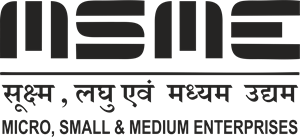AI & ML: Although it has been around for a long time, artificial intelligence was once thought to be incredibly challenging. It was typical for scientists and developers to avoid examining utilising it.
Software developers, data scientists, and machine learning engineers can create machine learning models using a machine learning framework rather than needing to understand the math and statistics behind the algorithms.
It should be no surprise that firms worldwide are spending frantically on digitization as it has become increasingly crucial in almost every aspect of life. In the day-to-day operations of enterprises, machine learning (ML) and artificial intelligence (AI) are seeing high adoption rates.
With the help of artificial intelligence, a lot of data can now be processed and used in the industry. With the development of AI and ML, more tools and frameworks are now available to data scientists and developers.
An interface for artificial intelligence and machine learning enables programmers to create and implement machine learning models more quickly and easily. A technology like this enables businesses to scale their machine learning initiatives securely while preserving a healthy AI and ML lifespan.
There are many tools and frameworks that have been developed to support the development of AI and ML applications, and each has its own specific features and capabilities. AI and ML tools and frameworks are used to facilitate the development and deployment of AI/ML models and applications.
Overall, AI and ML tools and frameworks can help organizations accelerate the development and deployment of AI and ML models and applications, and can provide a range of benefits in terms of productivity, performance, and scalability.
Here, Logic Fruit comes up with the list of top 10 AI & ML tools & frameworks
List of Top 10 AI & ML Tools & Frameworks
Below is a list of the top ten-mode tools in the AI & ML market space that you could use to estimate if your requirements match the features offered by the tool.
Scikit Learn
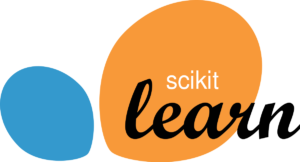
One of the most well-known ML libraries is Scikit-learn. Many administered and unsupervised learning computations are supported by it. Precedents include bunching, k-implies, decision trees, direct and calculated relapses, etc.
- It expands on two essential libraries of Python, NumPy and SciPy.
- It contains numerous computations for typical AI and data mining tasks, such as bunching, relapsing, and order. Even complex tasks like feature determination, altering information, and ensemble approaches can be completed in a few lines.
- Before you start performing increasingly complex computations, Scikit-learn is more than an excellent tool to work with while you gain experience with machine learning.
Features of Scikit Learn
- Supervised Learning algorithms
- Unsupervised Learning algorithms
- Clustering
- Cross Validation
- Dimensionality Reduction
- Ensemble methods
- Feature extraction
- Feature selection
- Open Source
Source: Scikit Learn
Tensorflow

Data flow graphs are used in TensorFlow, an open-source library created by Google Brain, during mathematical operations. It comes with a comprehensive set of tools and necessitates a thorough understanding of NumPy arrays.
Tensors are collections of data handled by a set of algorithms that can be put together with Python or C++. CPUs and GPUs can run TensorFlow.
Features of Tensorflow
- Responsive Construct
- Flexible
- Easily Trainable
- Parallel Neural Network Training
- Large community
- Open source
- Feature Columns
- Availability of Statistical Distributions
- Layered Components
- Visualizer
- Event Logger
Source: Tensorflow
Caffe

Another well-liked learning framework is Caffe, created with articulation, speed, and assessed quality as its top priorities. The Berkeley Vision and Learning Center (BVLC) and network donors contributed to its creation.
Caffe Framework is necessary for Google DeepDream. A BSD-approved C++ library with a Python interface makes up this structure.
Features of Caffe
- Expressive architecture
- Extensible code
- Speed
- Community
Source: Caffe
Keras

It is a high-level library for neural networks, using TensorFlow or Theano as its backend. Although Keras is based on TensorFlow, it is not constrained by it. Because of this, modeling is straightforward and basic.
The same code from this neural network library can run on a CPU and a GPU. With Keras, some of the coding procedures can be streamlined. The main advantage of Keras is that it is a suitable Python library for deep learning that can run alongside Theano or TensorFlow.
Adding new modules to Keras is simple, and independent modules like neural layers, cost functions, and others can be integrated to create a high-level neural network API.
Features of Keras
- User-Friendly and
- Fast Deployment
- Quality Documentation
- Large Community Support
- Multiple Backend
Source: Keras
Theano

Theano gracefully folds over the Keras library for anomalous state neural systems, which runs virtually simultaneously with the Theano library.
- It was developed to facilitate applying substantial learning models for creative work as quickly and efficiently as possible.
- It can reliably run on GPUs and CPUs and is compatible with Python 2.7 or 3.5.
Features of Theano:
- Strong integration with NumPy
- Data intensive computations much faster than on a CPU.
- Consistently
- Speed
- Stability optimization.
- Unit testing
- Self verification
Souce: Theano
H2O: Open Source AI/ML Platform
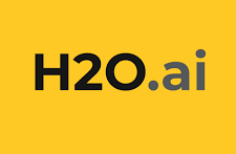
- One such open-source machine learning framework is H2O. It is business-oriented and uses math and predictive analytics to guide decisions based on data and insights.
- Unique characteristics of this AI tool include database-agnostic support for all popular database and file types, user-friendly WebUI and recognizable interfaces, and the best open-source Breed technology.
- Python, R, Java, JSON, Scala, JavaScript, and a web interface are just a few of the models that come with H2O. The REST API makes it possible for any external program or script to access the Java-based core code of H2O and utilize its features.
- It enables seamless integration of existing languages and AI tools into Hadoop systems.
- Predictive modeling, advertising technology, customer intelligence, risk and fraud analysis, insurance analytics, and other fields can benefit from using H2O.
Features of H2O: Open Source AI/ML Platform:
- Leading Algorithms
- Access from R, Python, Flow and more
- AutoML
- Distributed, In- memory Processing
- Simple Deployment
Source: H2O: Open Source AI/ML Platform
Py Torch

FAIR, Facebook AI Research, created PyTorch. Early in 2018, the FAIR team integrated PyTorch with Caffe2, another ML framework. Choosing between PyTorch and Tensorflow might be difficult. They can be used interchangeably.
PyTorch performs regression, classification, neural networks, and other tasks like TensorFlow and runs on both CPUs and GPUs.
The more pythonic PyTorch is. TensorFlow can set up a model more quickly and with some customization; however, PyTorch is thought to be more configurable because it uses constructing classes, a more traditional approach to object-oriented programming.
Features of PyTorch:
- Tensor Computation
- TorchScript
- Dynamic graph computation
- Automatic Differentiation
- Python support
- Variable
- Parameter
- Module
- Functions
Source: PyTorch
Spark ML Lib
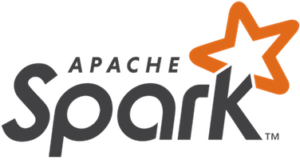
The machine learning library for Apache Spark is called MLlib (Spark). Making practical machine learning scalable and simple is its aim.
It includes widely used learning techniques and tools, including dimensionality reduction, collaborative filtering, classification, regression, clustering, and lower-level optimization primitives.
It includes widely used learning techniques and tools, including dimensionality reduction, collaborative filtering, classification, regression, clustering, and lower-level optimization primitives.
Features of Spark ML Lib:
- Fault tolerance
- Dynamic In Nature
- Lazy Evaluation
- Real-Time Stream Processing
- Speed
- Reusability
- Advanced Analytics
- In Memory Computing
- Supporting Multiple languages
- Integrated with Hadoop
- Cost efficient
Source: Spark ML Lib
Microsoft CNTK

A Deep Learning toolbox that is available for free is the Microsoft Cognitive Toolkit. Convolutional nets, feed-forward DNNs, and recurrent networks (RNNs/LSTMs) are just a few of the model types that developers can combine.
In addition to being a library in Python/C++/C# projects, CNTK may be used as a standalone machine learning tool thanks to its innovative model description language (BrainScript).
We have only seen the very beginning of what AI is capable of doing at this time. These frameworks and tools will eventually develop together with AI technology.
We might be in for a fundamental shift in many sectors of the economy, including healthcare, banking & finance, retail, IT, and other areas, as ML and AI professionals discover new methods to use these tools.
Features of Microsoft CNTK:
- Built-in components
- Efficient use of resources
- Express your network easily
- Measuring model performance
Source: Microsoft CNTK
Apache MX Net

For recurrent nets on very long sequences, the ability to trade computation time for memory via “forgetful backdrop” might be helpful.
- With scalability in mind, built (fairly easy-to-use support for multi-GPU and multi-machine training).
- Many cool features, such as making it simple to create custom layers in high-level languages
- It is not explicitly regulated by a major corporation, which is healthy for an open-source, community-developed framework, unlike practically all other significant frameworks.
- Support for TVM will enhance deployment support and enable running various new device types.
Features of Apache MX Net:
- Hybrid Front-End
- Distributed Training
- 8 Language Bindings
- Tools & Libraries
Source: Apache MX Net
Comparison Summary
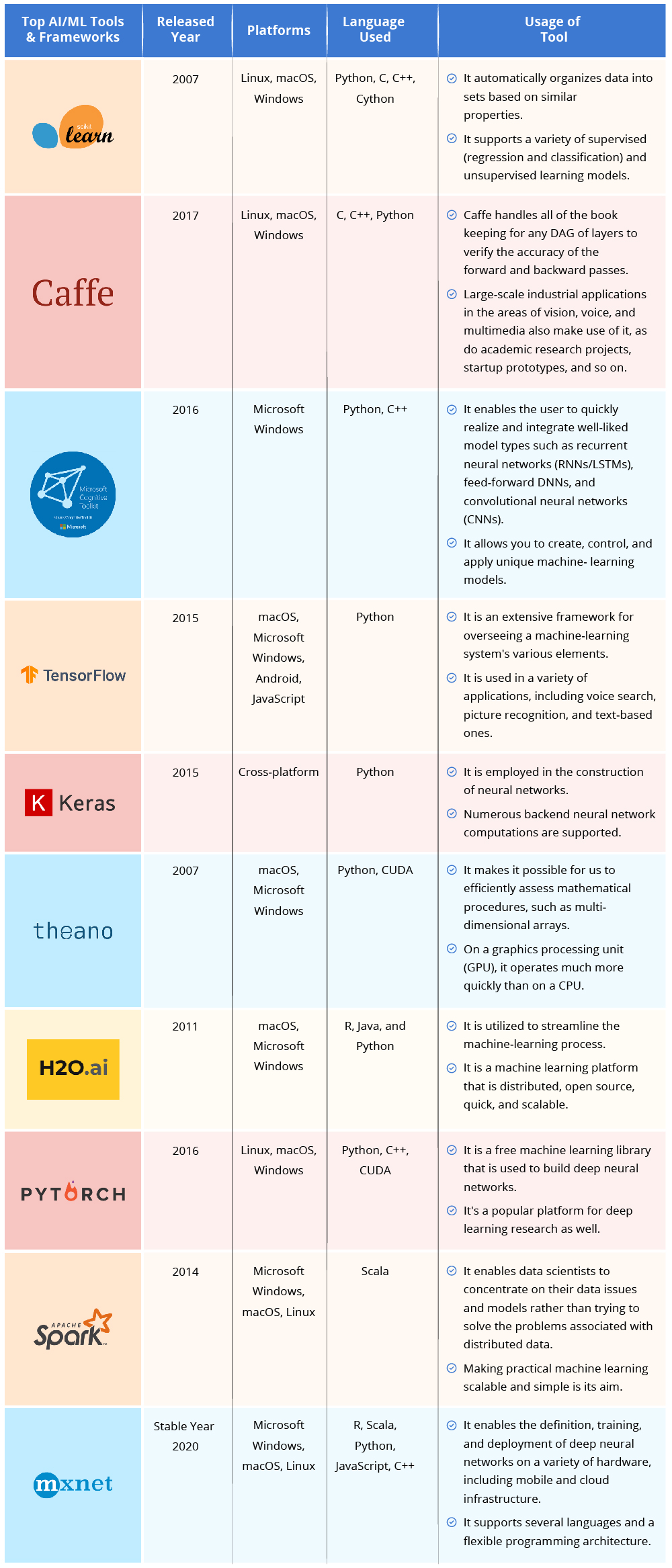
Conclusion
Machine learning (ML) and artificial intelligence (AI) are used in all fields and industries. It enables the processing of enormous amounts of data, allowing professionals to employ analysis effectively.
With the development of AI and ML, developers and scientists now have access to several frameworks and AI tools.
Although it has been around for a very long time, artificial intelligence was once thought to be incredibly challenging.
It was extremely typical for scientists and developers to avoid examining or utilizing it.
However, in recent years, AI frameworks and tools have greatly improved their friendliness for the IT industry.
Artificial intelligence (AI) technologies quickly transform nearly every aspect of our lives. We appear to be becoming increasingly dependent on them, from how we communicate to the modes of transportation we employ.


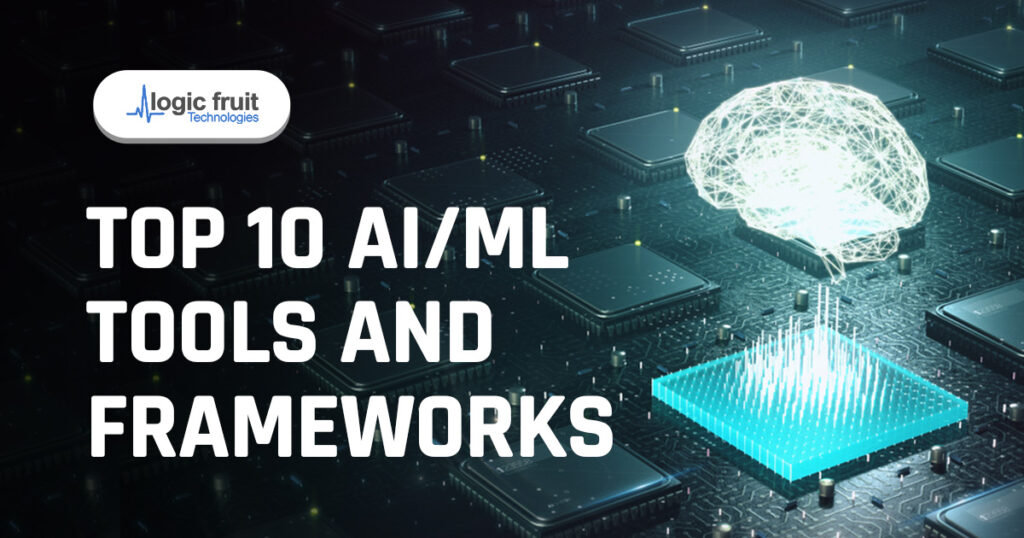


![Advanced Driver Assistance System [ADAS] Everything You Needs to Know](https://www.logic-fruit.com/wp-content/uploads/2022/10/Advanced-driver-assistance-systems-Thumbnail.jpg)




